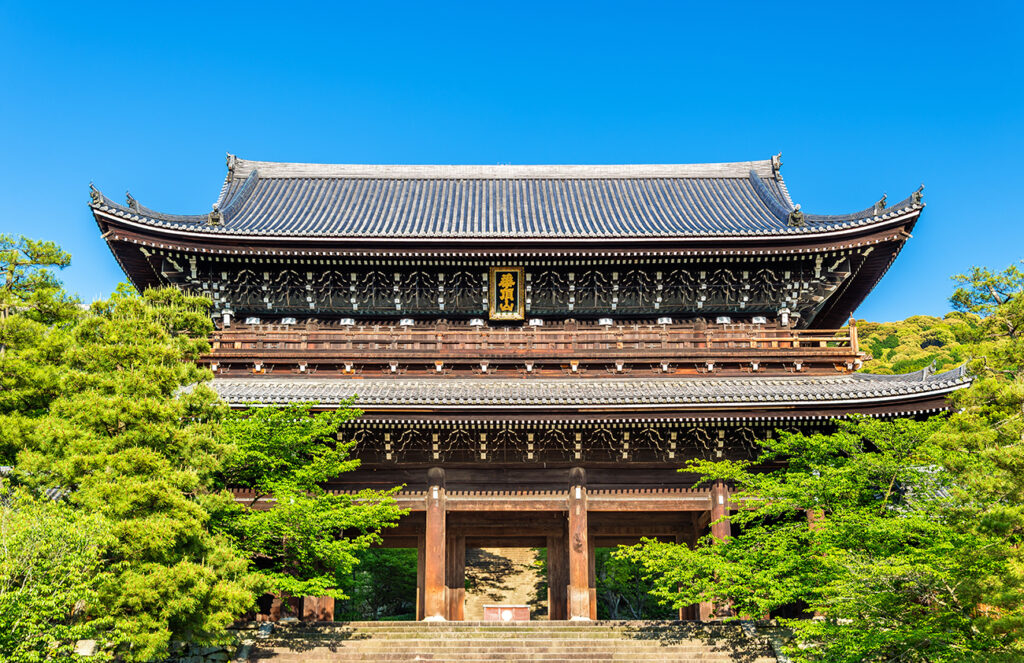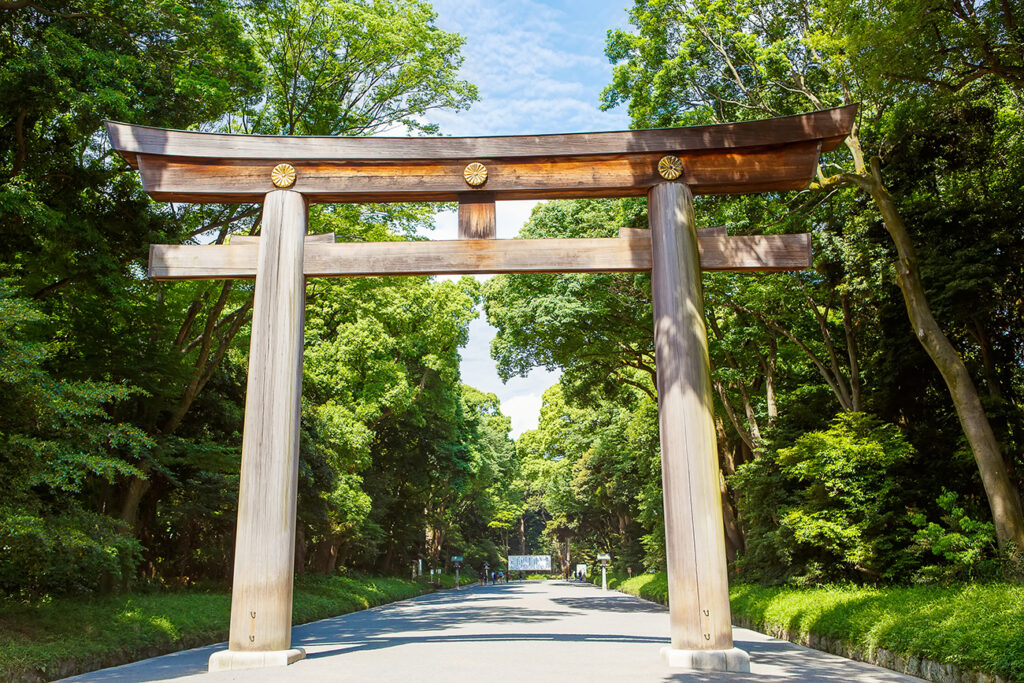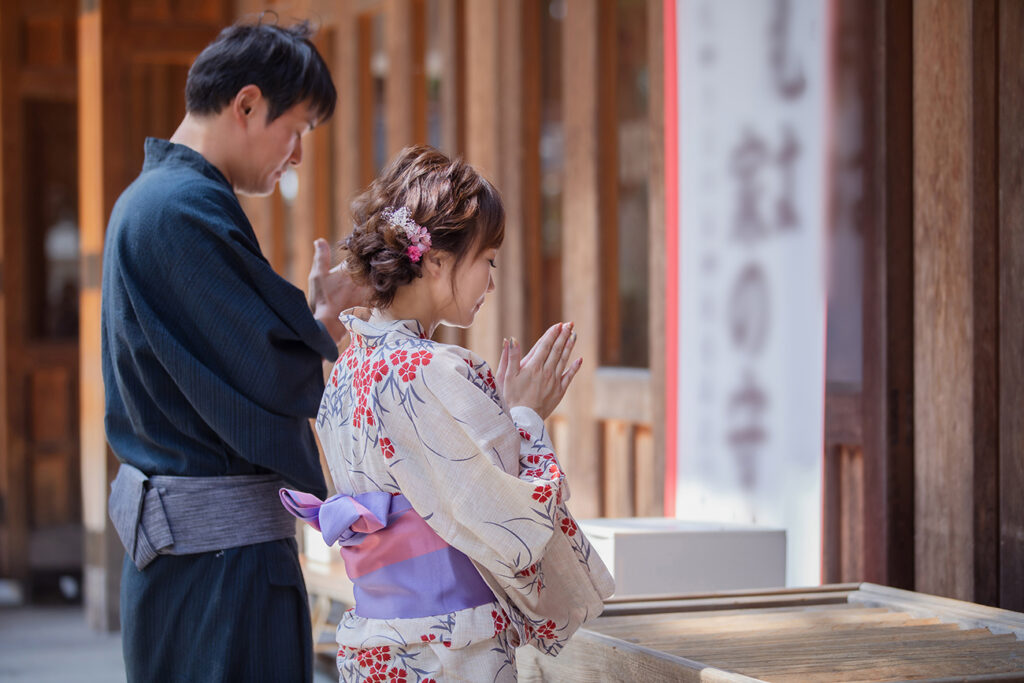
Etiquette at Shrines and Temples in Japan
Japan’s most renowned tourist sites often include shrines and temples, with numerous hidden gems scattered across the country, even within bustling cities. It would be helpful to know the proper etiquette to observe when visiting these sites.
Visiting Sacred Sites
Visiting these sacred places is deeply rooted in Japanese tradition, particularly during New Year’s, when crowds gather at major shrines and temples to pray for a prosperous year ahead. While many locals may not fully grasp the customs and etiquette, following this guide ensures you’ll navigate these experiences respectfully.
Understanding Shrines and Temples
Differentiating between shrines and temples is straightforward yet often overlooked. Shrines are marked by simple torii gates that symbolize the transition from human to sacred space, while temples feature more elaborate sanmon gates resembling large houses. Temples typically display Buddhist imagery and statues, unlike shrines.
Shrine Visits
Upon entering a shrine, bow slightly before passing through the torii gate, and walk along the sides of the path, leaving the center for the gods. At the chozuya (water pavilion), cleanse yourself by washing your hands and rinsing your mouth with water, respecting the purification ritual.
Approaching the main shrine:
- Bow slightly.
- Toss a coin into the offering box (amount doesn’t affect wish fulfillment).
- Ring the bell (if available) to signal your arrival.
- Bow deeply twice.
- Clap your hands twice, with the left hand slightly ahead.
- Offer your respects and gratitude.
- Bow deeply once to conclude.
Temple Visits
Follow similar protocols upon entering a temple, including purification at the chozuya. Light incense as an offering to the Buddha, bow slightly, make a coin offering, ring the bell, and respectfully offer your prayers without clapping.
After paying respects:
At shrines, consider purchasing ema (wooden plaques for wishes), hamaya (decorative arrows), or omamori (amulets).
Temples offer shuin (commemorative stamps) and omikuji (fortune slips) for a small fee, providing insights into the upcoming year.
Embrace the experience of visiting Japanese shrines and temples by participating in these rituals, leaving behind mere photographs for a deeper connection with these sacred spaces.



